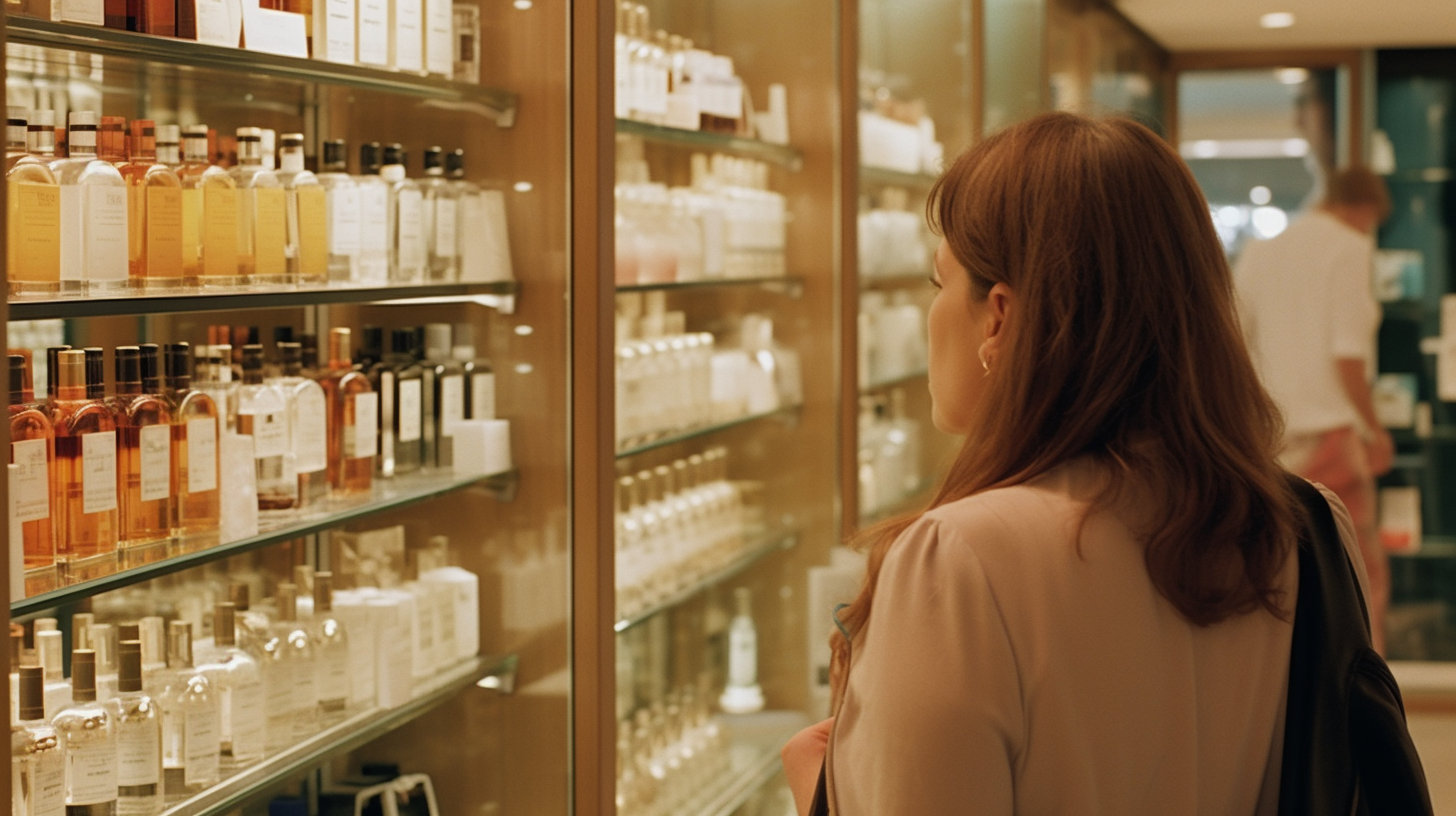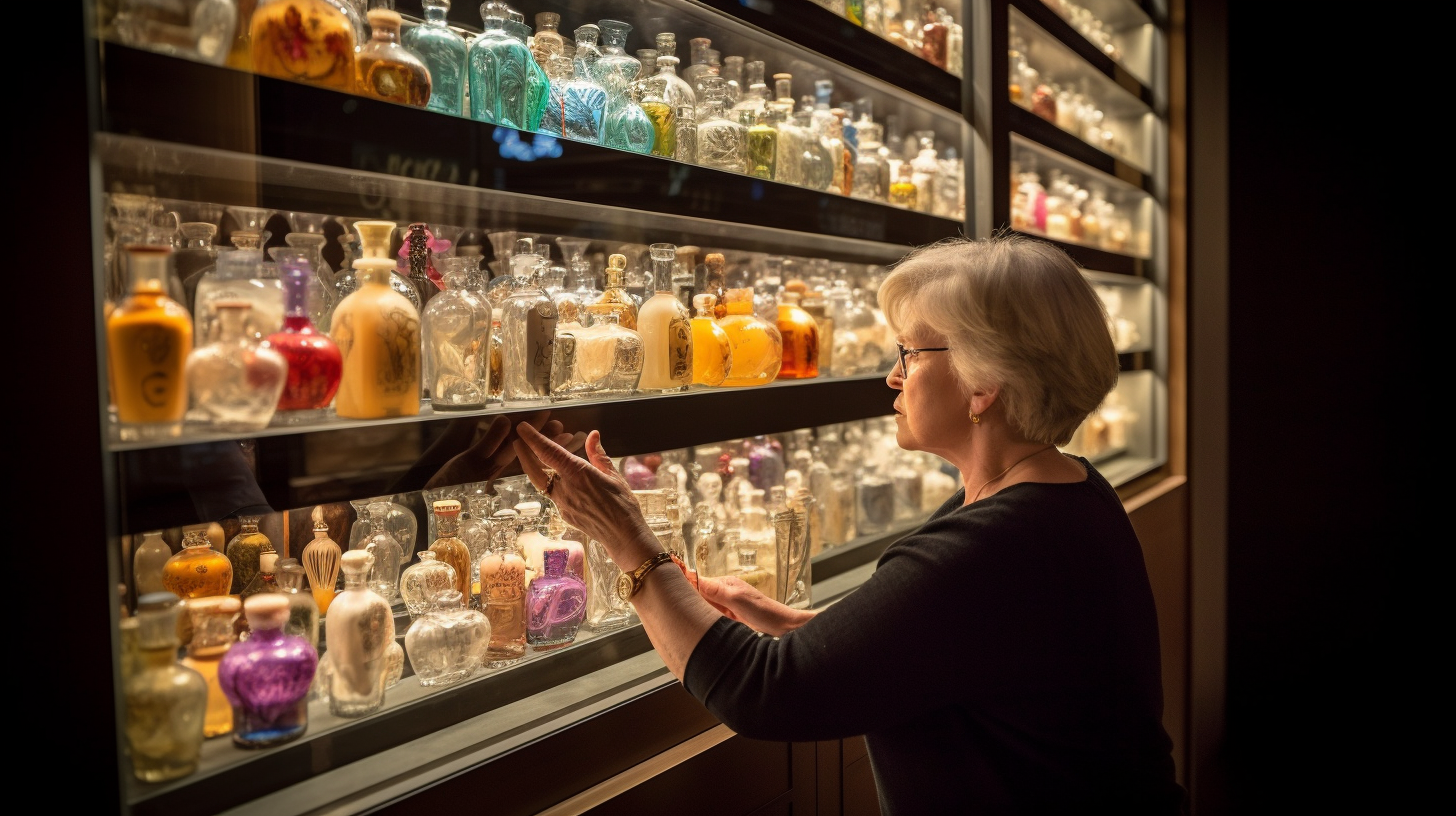Discover the Top Techniques for Testing Fragrances and Writing Reviews
Welcome to our guide on discovering the top techniques for testing fragrances and writing reviews. Fragrances have the power to evoke emotions, memories, and feelings, making them an essential part of our daily lives. However, with so many fragrances available in the market, it can be challenging to determine which ones are best suited for you. Writing a fragrance review can help you share your experiences with others and provide valuable insights into different fragrances.
The Importance of Testing Fragrances
Before we dive into the techniques for testing fragrances and writing reviews, let’s first understand why it is essential to test fragrances. Every fragrance has a unique composition of notes that interact with your skin chemistry and environment. The way a fragrance smells on one person may not be the same on another person due to variations in body chemistry.
Testing fragrances allows you to experience how a fragrance smells on you and how long it lasts before evaporating or fading away. It also helps you identify any allergic reactions or skin irritations that may occur due to certain ingredients present in the fragrance.
The Best Way to Test Fragrances
Now that we know why testing fragrances is important let’s take a look at some ways to test fragrances effectively:
1. Test on Clean Skin
Before testing any fragrance, ensure that your skin is clean and free from any other scents or products like lotion or soap that may interfere with the fragrance’s smell. You can also use unscented products if you want to test multiple fragrances simultaneously without any interference.
2. Use Blotters
A blotter is a piece of paper or cardboard used for testing fragrances. It helps you avoid spraying too much perfume directly onto your skin, which can lead to overwhelming smells. You can find blotting papers at most perfume stores or online retailers. To use a blotter, spray the fragrance onto the paper and wait for a few seconds to allow the fragrance to settle before smelling it.
3. Test Multiple Fragrances
When testing multiple fragrances, ensure that you take breaks between each test to allow your nose to reset and avoid confusion between different scents. Smelling coffee beans in between tests can help reset your sense of smell and prevent olfactory fatigue.
4. Test in Different Environments
The way a fragrance smells can vary depending on the environment you’re in. Testing fragrances in different environments like indoors, outdoors, or in different seasons can help you determine how they will smell in different situations.
The Art of Writing a Fragrance Review
Now that you know how to test fragrances let’s look at some tips for writing a fragrance review:
1. Start with an Attention-Grabbing Introduction
Your introduction should grab the reader’s attention and provide an overview of what they can expect from your review. You can start by describing your first impression of the fragrance, what drew you to it, or any unique features or notes that caught your attention.
2. Describe Your Experience with the Fragrance
Describe how the fragrance smelled on you, what emotions or memories it evoked, and any other sensory experiences like texture or warmth. Be specific about the notes present in the fragrance and how they interacted with your skin chemistry.
3. Discuss Longevity and Sillage
Longevity refers to how long a fragrance lasts on your skin before evaporating or fading away while sillage refers to how far the fragrance spreads from your skin. Discussing longevity and sillage can help readers determine if the fragrance is suitable for their needs or preferences.
4. Be Honest and Objective
It’s essential to be honest and objective in your review, even if you received the fragrance as a gift or sample from the company. Your readers rely on your review to make informed decisions about purchasing fragrances, so it’s crucial to provide an unbiased opinion.
5. Provide Recommendations
Based on your experience with the fragrance, provide recommendations on who the fragrance may be suitable for, occasions where it would be appropriate, and any other relevant information that may help readers decide if the fragrance is right for them.
Conclusion
In conclusion, testing fragrances and writing reviews can be a fun and rewarding experience. By following these techniques and tips, you can become an expert in testing fragrances and providing valuable insights to others. Remember to test fragrances on clean skin using blotters, take breaks between tests, test in different environments, start with an attention-grabbing introduction, describe your experience with the fragrance, discuss longevity and sillage, be honest and objective, and provide recommendations. Happy testing!




